Mountain Gorilla Trekking
Mountain gorilla trekking is a bucket-list experience that offers a rare opportunity to observe these majestic creatures in their natural habitat. Uganda and Rwanda are the premier destinations for gorilla trekking, each offering unique experiences and breathtaking landscapes. This guide will provide an overview of the top gorilla trekking destinations in both countries, details about gorilla permits, essential guidelines and regulations, and the best times to embark on this incredible adventure.
Gorilla Trekking Destinations
Uganda
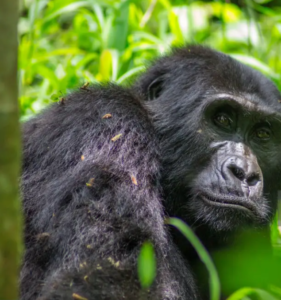 In Uganda, Bwindi Impenetrable National Park stands out as the primary destination for gorilla trekking. This UNESCO World Heritage Site, home to nearly half of the world’s mountain gorillas, is renowned for its dense forests and biodiversity. Mgahinga Gorilla National Park, part of the Virunga Volcanoes, also offers an intimate trekking experience with fewer visitors.
In Uganda, Bwindi Impenetrable National Park stands out as the primary destination for gorilla trekking. This UNESCO World Heritage Site, home to nearly half of the world’s mountain gorillas, is renowned for its dense forests and biodiversity. Mgahinga Gorilla National Park, part of the Virunga Volcanoes, also offers an intimate trekking experience with fewer visitors.
Rwanda
Rwanda’s premier destination for gorilla trekking is Volcanoes National Park. Located in the northwest, this park is part of the Virunga Massif and provides stunning views of the surrounding volcanoes. The park is famous for its population of habituated gorilla families and well-organized trekking tours, making it a popular choice for tourists.
Congo
Gorilla trekking in Congo offers an adventurous and off-the-beaten-path experience for wildlife enthusiasts. The Democratic Republic of Congo (DRC) is home to both mountain gorillas and eastern lowland gorillas, providing unique opportunities to observe these magnificent creatures in their natural habitats. This guide will introduce the primary destinations for gorilla trekking in Congo, provide information about permits, outline essential guidelines and regulations, and suggest the best times to plan your trek.
Virunga National Park
Virunga National Park, a UNESCO World Heritage Site, is the most famous destination for mountain gorilla trekking in Congo. Located in the eastern part of the country, this park is Africa’s oldest national park and one of the most biodiverse. It is part of the Virunga Massif, which also spans Rwanda and Uganda. The park is home to several habituated mountain gorilla families, allowing visitors to have close encounters with these incredible animals.
Kahuzi-Biega National Park
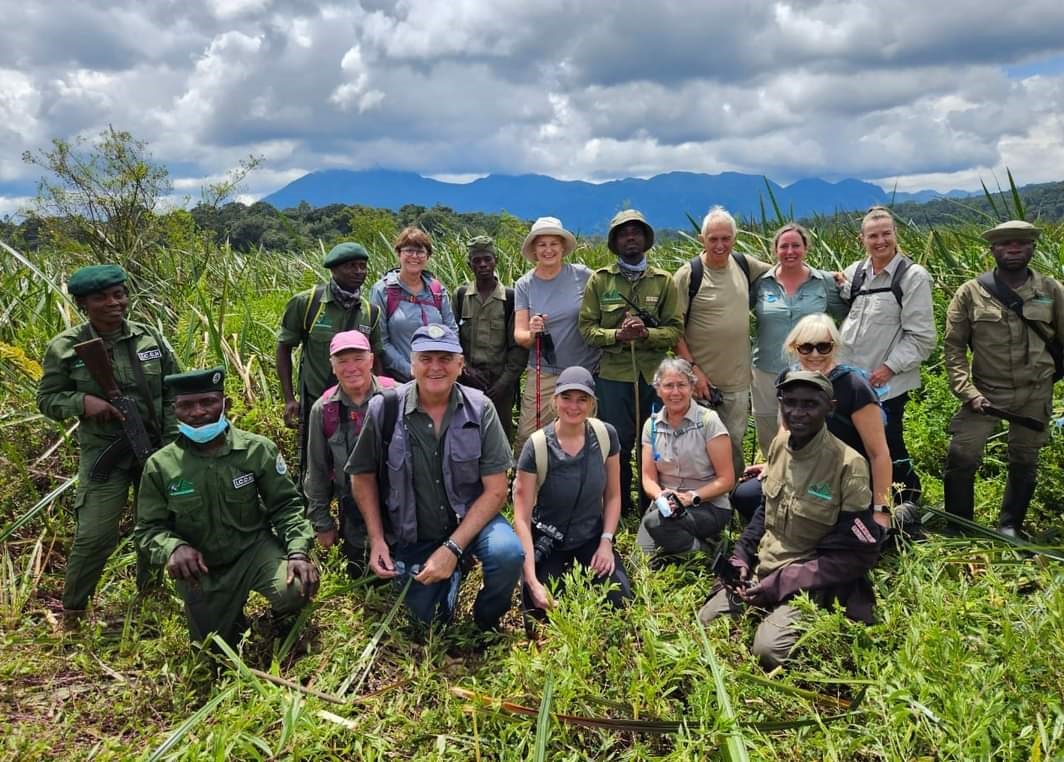
Kahuzi-Biega National Park, also a UNESCO World Heritage Site, is known for its population of eastern lowland gorillas, also called Grauer’s gorillas. Situated near the town of Bukavu in eastern DRC, this park offers a different gorilla trekking experience compared to Virunga. Trekking through the dense lowland forests to see these gentle giants is a unique and rewarding adventure.
Gorilla Permits
- Securing a gorilla permit is essential for trekking. In Uganda, gorilla permits cost $800 per person. In Rwanda, the cost is higher at $1,500 per person. These permits must be booked in advance due to high demand, and the fees contribute to the conservation efforts and community development projects in the respective regions.
- It’s also necessary to obtain a gorilla trekking permit for Congo. In Virunga National Park, a gorilla permit costs $400 per person. For Kahuzi-Biega National Park, the permit fee is $400 per person as well. These permits should be booked in advance to secure a spot, as the number of visitors is limited to minimize human impact on the gorillas and their habitat.
Guidelines and Regulations
When trekking to see mountain gorillas, it is crucial to follow specific guidelines to ensure both visitor safety and the well-being of the gorillas.
Key regulations include maintaining a distance of at least 7 meters from the gorillas, avoiding direct eye contact, and not using flash photography. Trekking groups limit to eight people, and visitors must be at least 15 years old. Additionally, if a trekker is ill or has a contagious disease, they cannot participate in the trek to prevent the risk of transmitting illnesses to the gorillas.
Best Time for Gorilla Trekking
The best time for gorilla trekking in Uganda, Rwanda and Congo is during the dry seasons, which run from June to September and December to February. During these periods, the weather is more favorable, with less rainfall and clearer trails, making the trekking experience more enjoyable. The wet seasons, from March to May and October to November, can make trekking more challenging due to muddy and slippery trails, but they also offer a lush, green landscape and fewer tourists.
No matter the time taken, Gorilla Trekking is a very rewarding Experience to travelers.

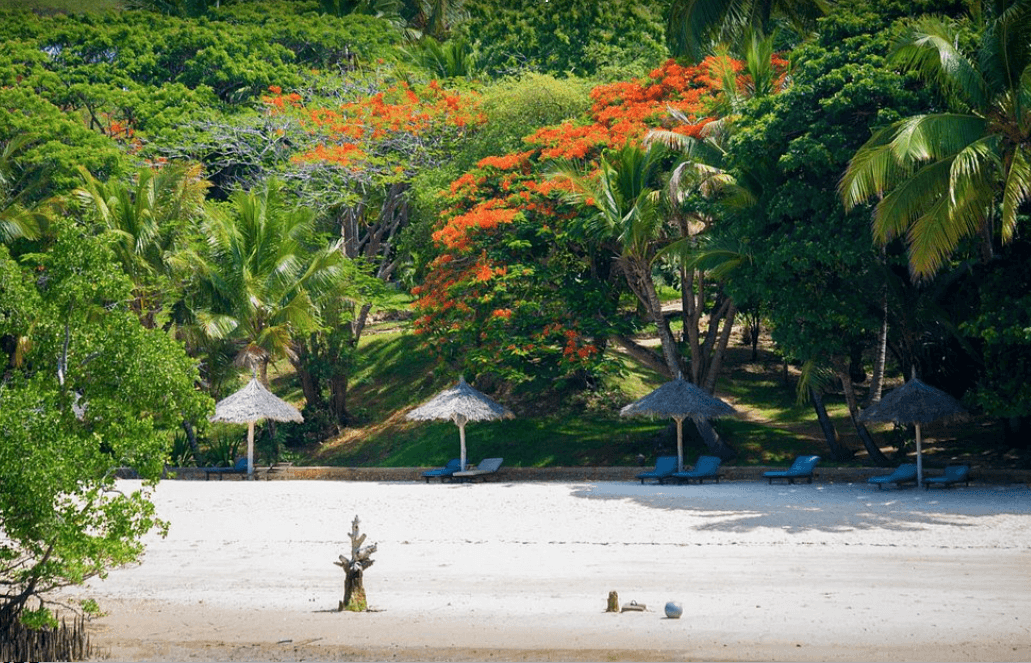

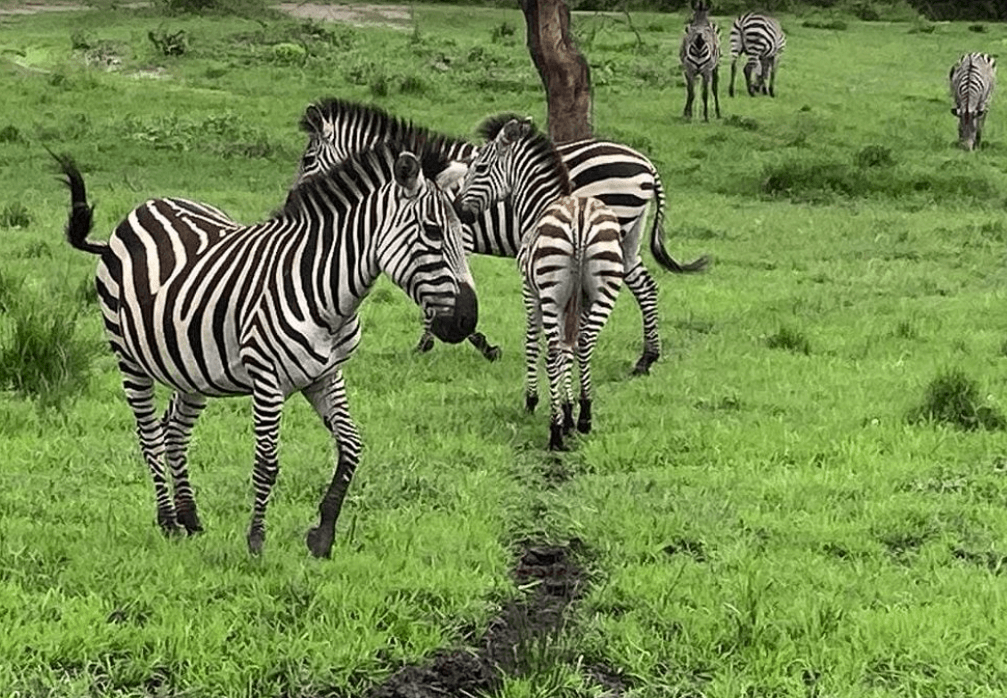
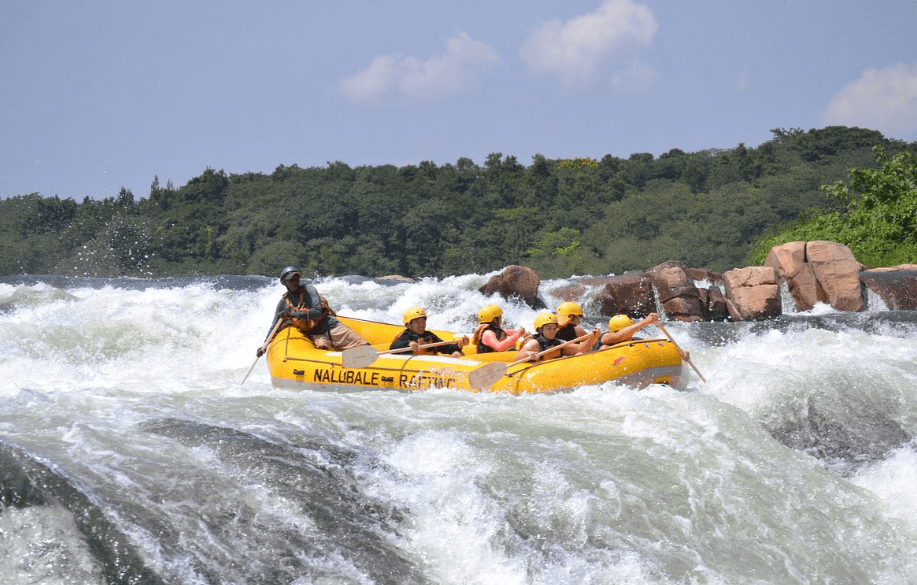
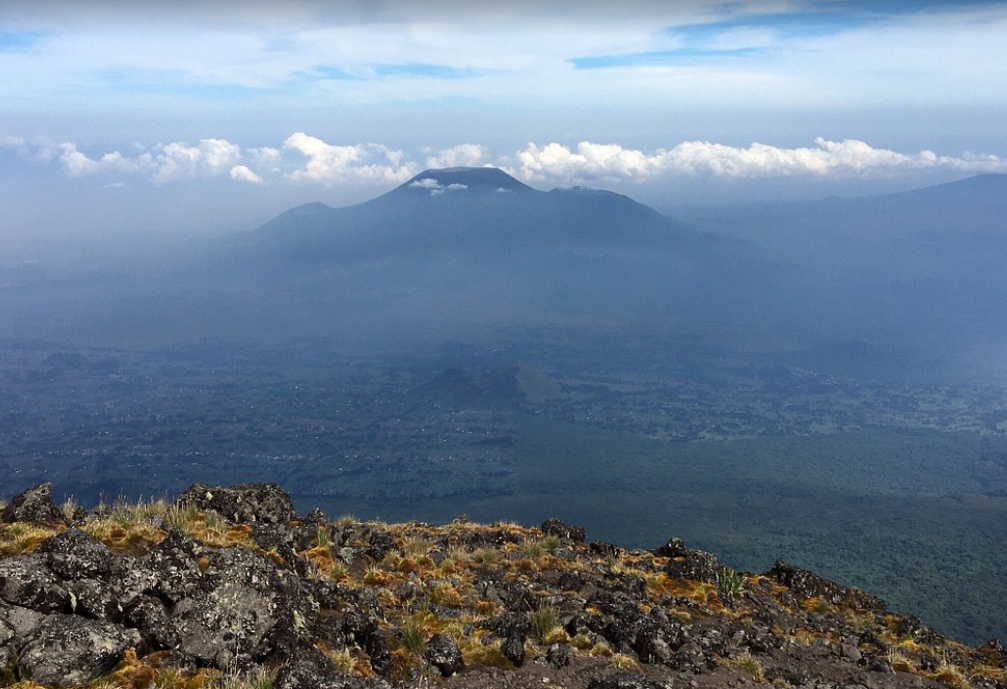
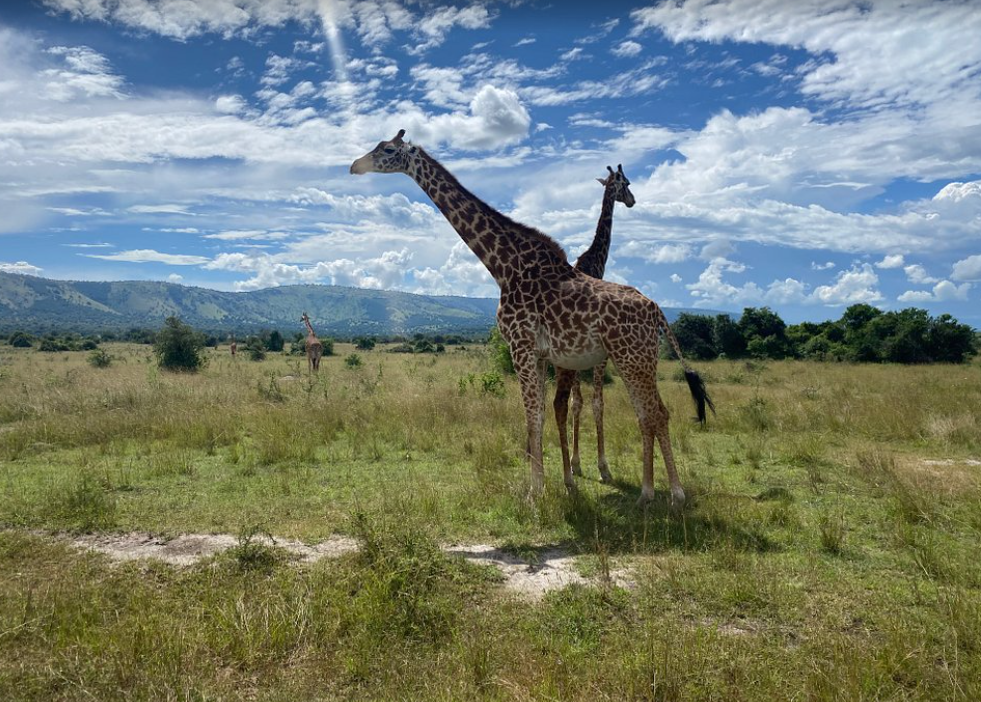
4cf5fy